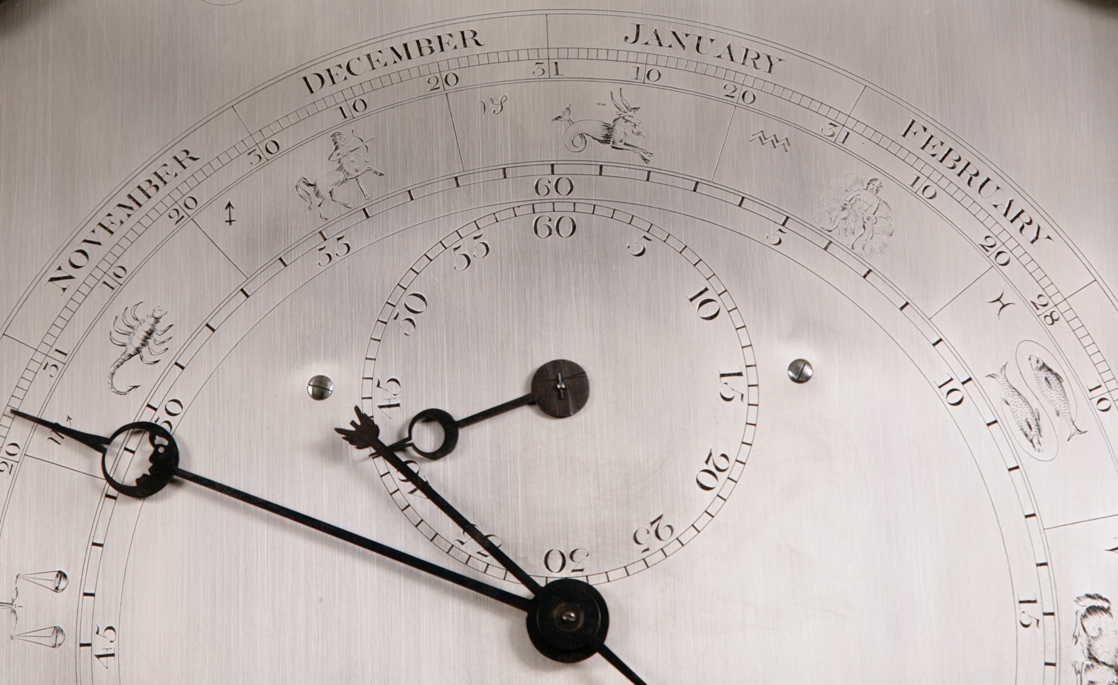Antique clocks are highly collectible, valuable and sought-after. Effect Magazine talks to the world’s leading clock dealers to find out what collectors should look for when considering a timepiece, and to see some of their finest examples.
In a time-starved world of Apple Watches and atomic clocks, with every screen an admonishing reminder of urgent tasks, what place do antique clocks hold?
An important one, it seems, judging by the vibrant international market, where single items can be priced at millions. And a special one, too: perhaps it’s the mechanical ticks marking time at a slower pace, as if each minute is served up in more generous slices; or the anticipatory whirr presaging the gongs of a grandfather clock. A historic clock on a mantlepiece or standing in a hall exerts a particular kind of magnetism, and this is reflected in the almost scholastic passion of their dealers and collectors.
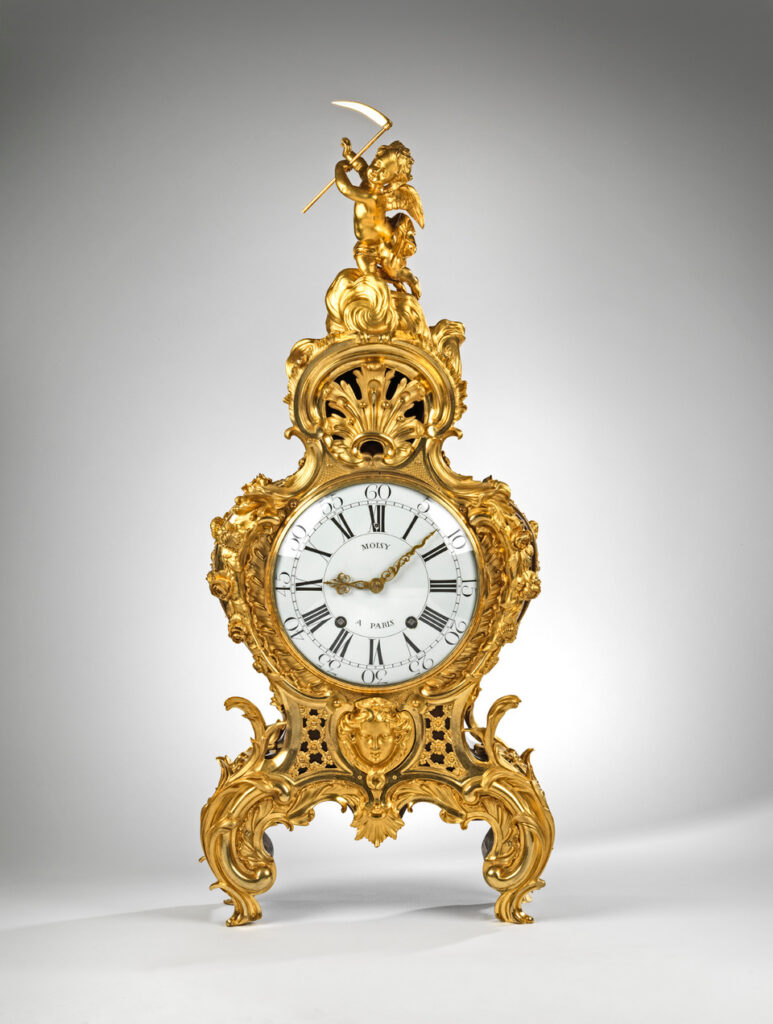

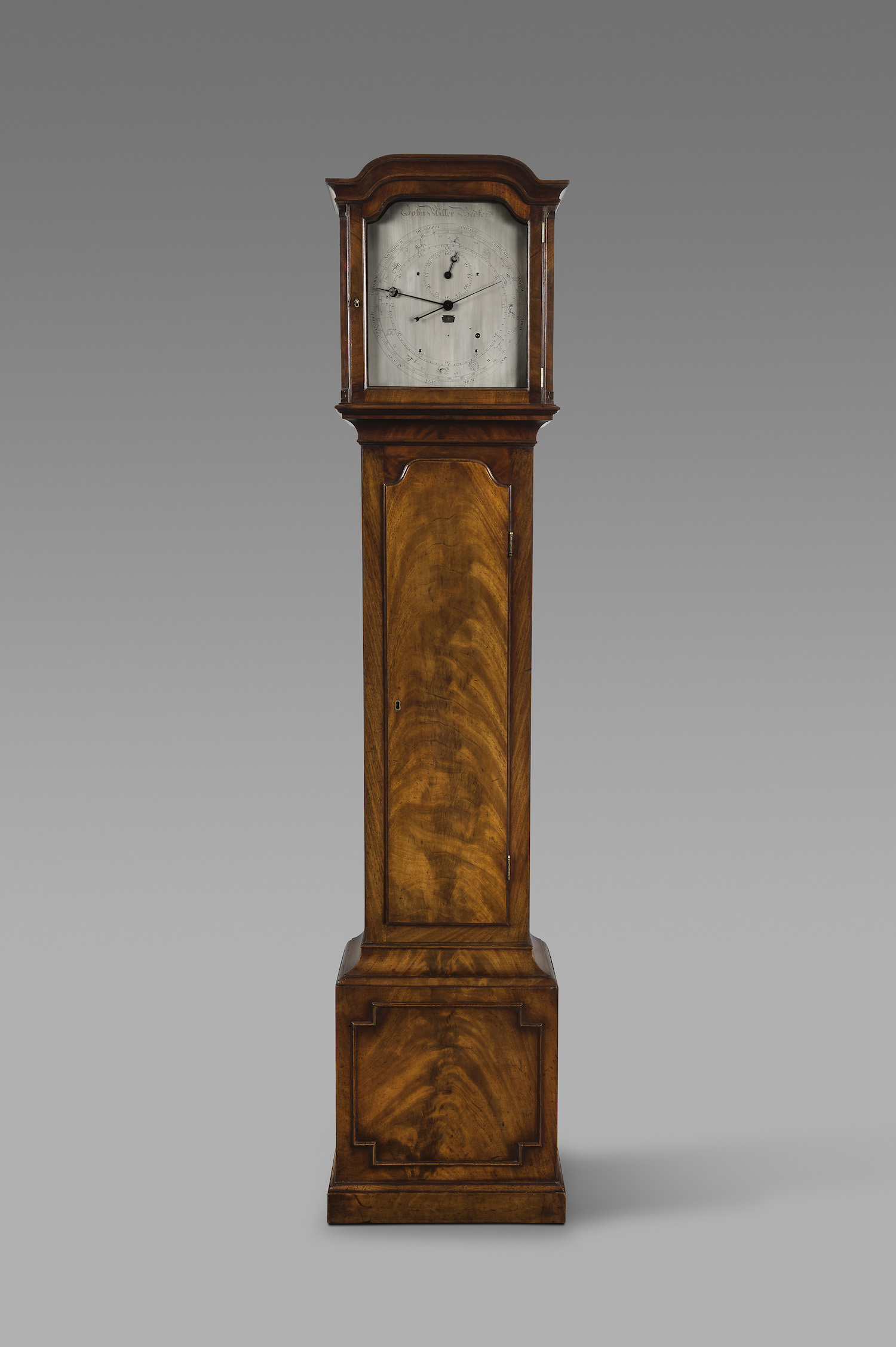
It’s worth remembering that when most of the clocks on this page were made, our relationship with time was different. A clock was a major investment in technology – one of the largest a family might make. Timepieces were beyond the means of many workers in Victorian times, who instead relied on ‘knockers-up’ to wake them by tapping on their windows with poles – a practice that lasted into the 1940s in Britain. Time itself was only standardised in the 1880s in the United States and 1890s in France, and only then because of the logistics of running a rail system when every town had its own time. Until 1918, Russia was a full two weeks behind western Europe.
Whether these things contribute to the mystique and desirability of antique clocks, or whether it’s simply that they are works of art created by some of the most skilled craftsmen of their day, what’s not in doubt is the enduring appetite for them and the serious sums they command.
We spoke to four of world’s leading dealers of fine historic clocks to find out what collectors should look for when considering a purchase; and which outstanding timepieces exemplify their views.
Nigel Raffety, Raffety Fine Antique Clocks
Raffety Fine Antique Clocks is one of the pre-eminent UK clock dealers. Founder Nigel Raffety is steeped in the trade, moving from one of the last traditional clock-making apprenticeships in Clerkenwell to Christie’s auction house in London. He tells us: “The most important consideration when purchasing an antique clock is the quality of both the ‘workings’ – or movement – of the clock, and the case in which it is housed.”
These cases were veneered in the finest woods available, reflecting the in-vogue style from Rococo to the Neoclassical. “The movements were of varying complexity,” says Raffety, “including striking both the hours and quarter hours, and some even playing musical tunes at the hour.” He adds: “With good maintenance and servicing, these clocks continue to work well and keep excellent time more than 250 years since they were produced originally.”

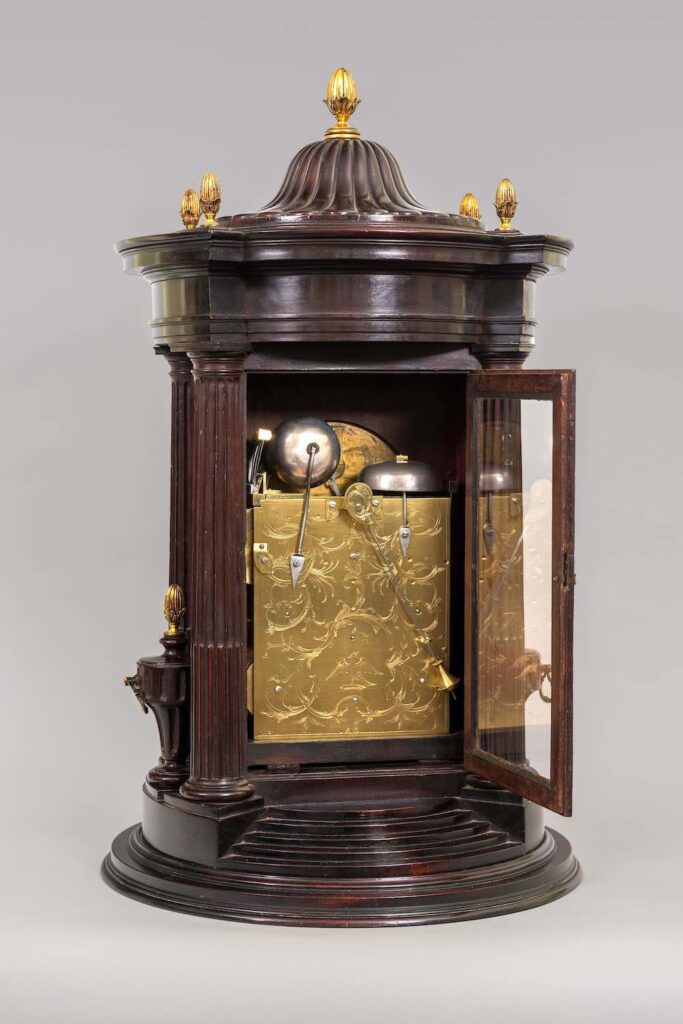
Raffety picks out the Ralph Gout of London clock as exemplifying these criteria – “a great clock of the period in both the impressive temple design of the case, and the complexity of the movement.” He says: “The Neo-Classical design of its case was intended to be placed at the centre of a main room, with the ability to be turned on its turntable in any direction – or alternatively, placed within a niche in an entranceway to enhance a grand house.”
When asked about periods and regions, Raffety says: “London was the heart of clockmaking in Britain from the later 17th century until the early 20th century, and while many fine makers could be found in cities across Britain, London makers were seen as the best. In the 17th century, London benefitted from an influx of Huguenot craftsmen and makers, and in the City of London, some of the finest clockmakers ever assembled worked, including Thomas Tompion, Daniel Quare, Daniel Delander, Edward East and many others. These early makers formed the technological bedrock on which London’s clockmakers’ would grow in the 18th century.”
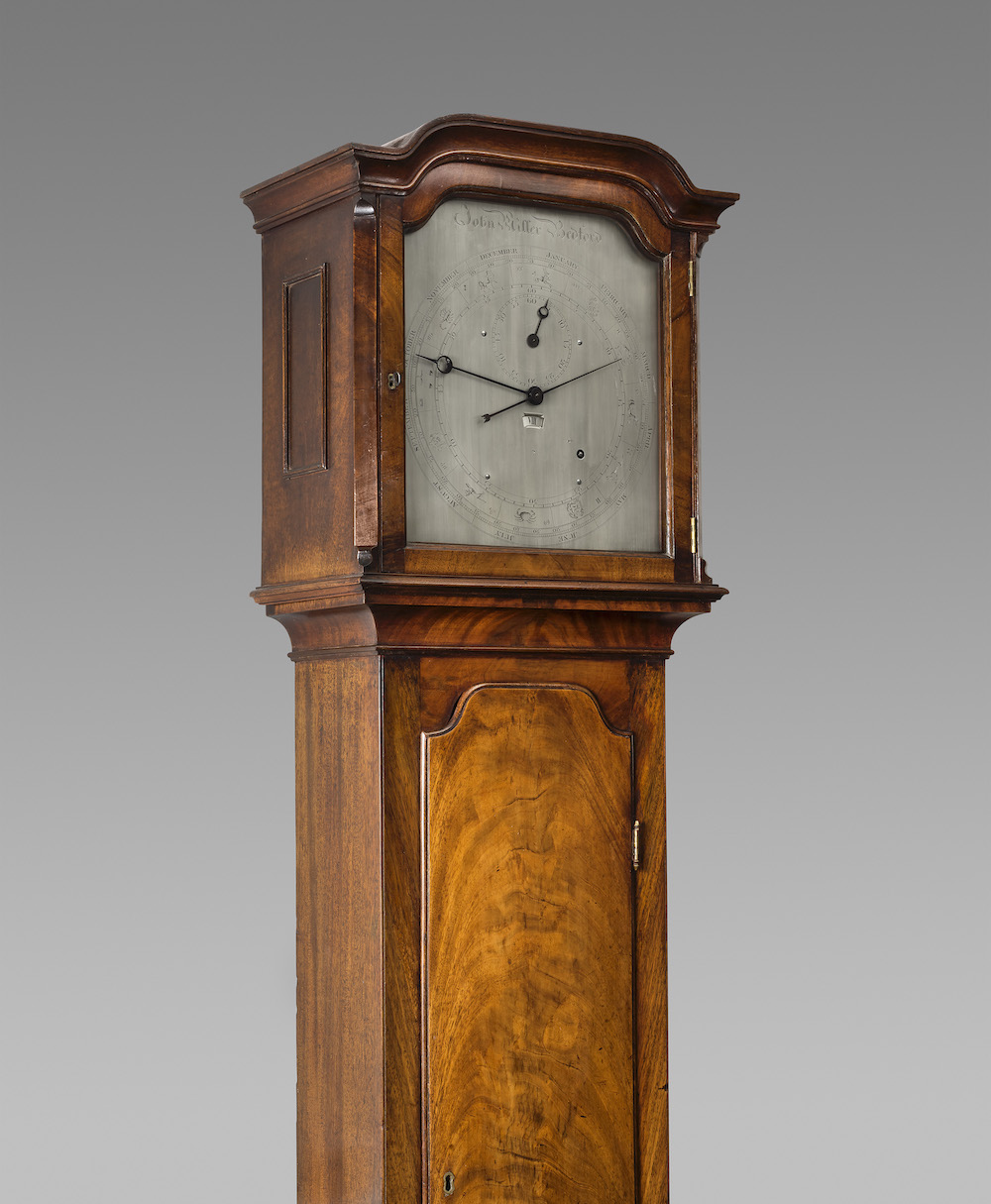

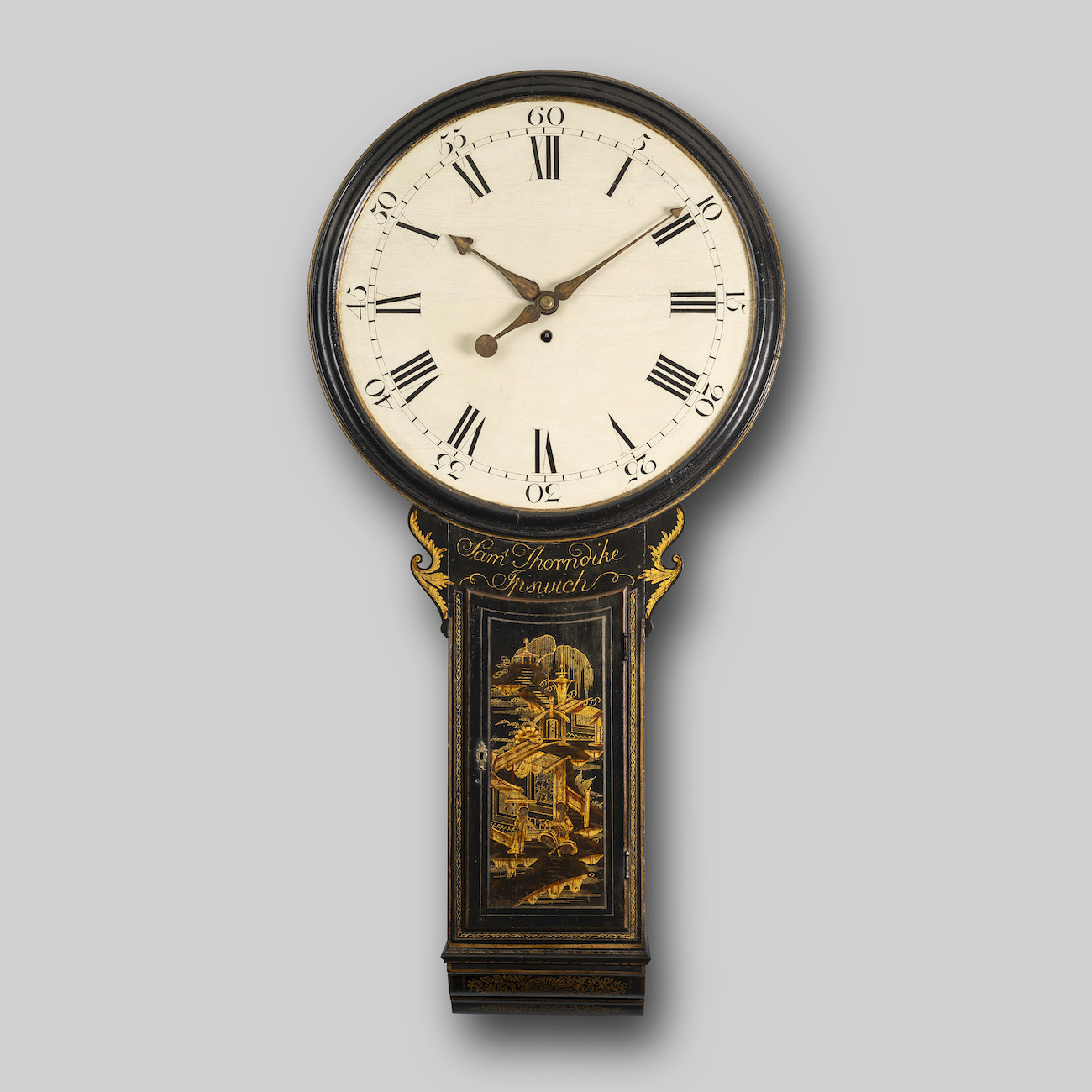
Mory Talasazan, Solomon Treasure
New York’s Solomon Treasure is run by Mory Talasazan, the fourth generation to do so – his great grandfather sold rare art objects to the Shah of Iran, among many other 19th-century heads of state.
Talasazan believes the 17th to 19th centuries saw the greatest expression of mechanical clock-making techniques, and suggests the most important consideration for a collector when buying a historic clock is to look first at the provenance, with the design and quality following on from there.
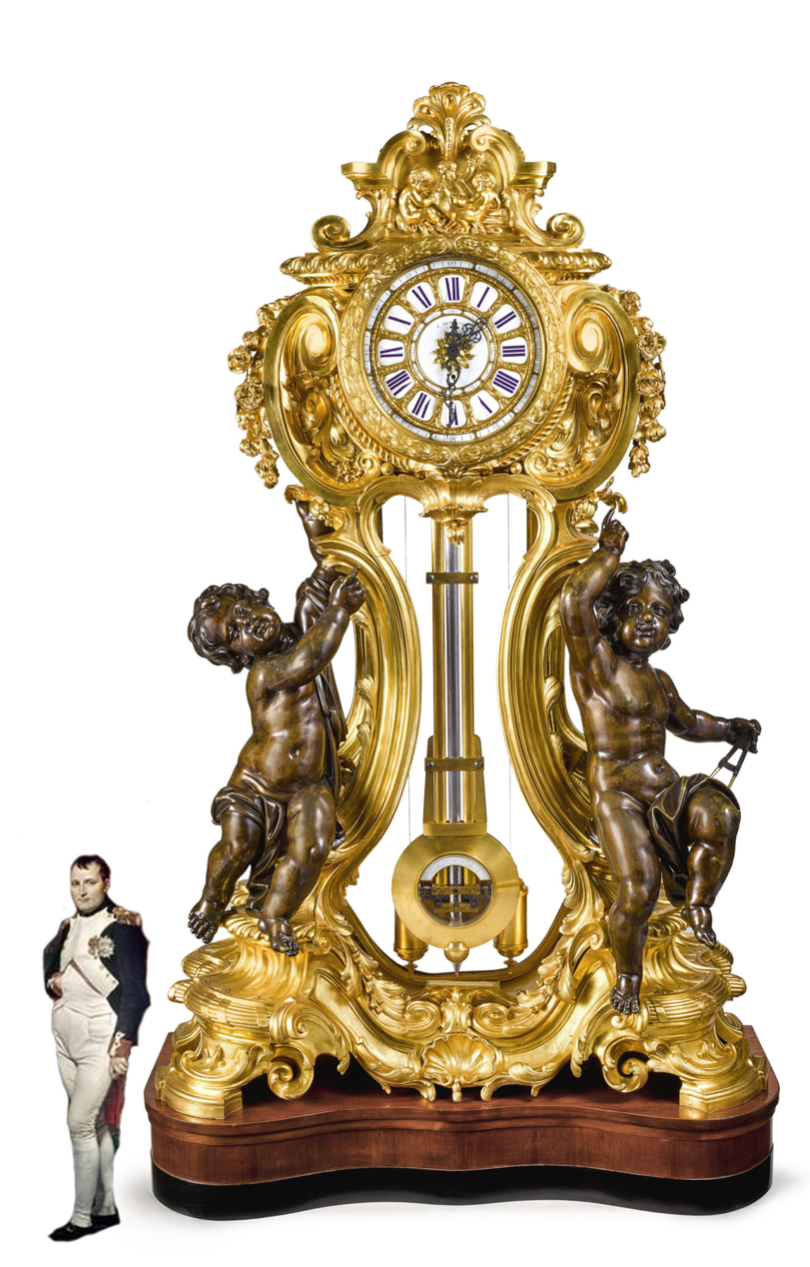
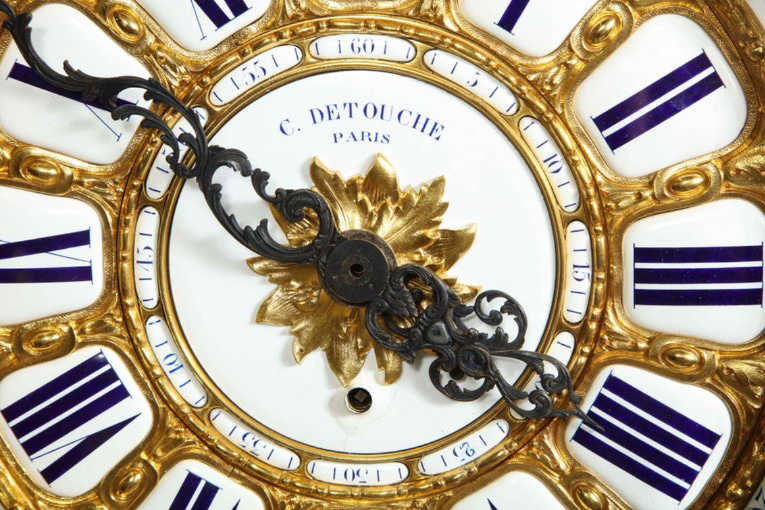
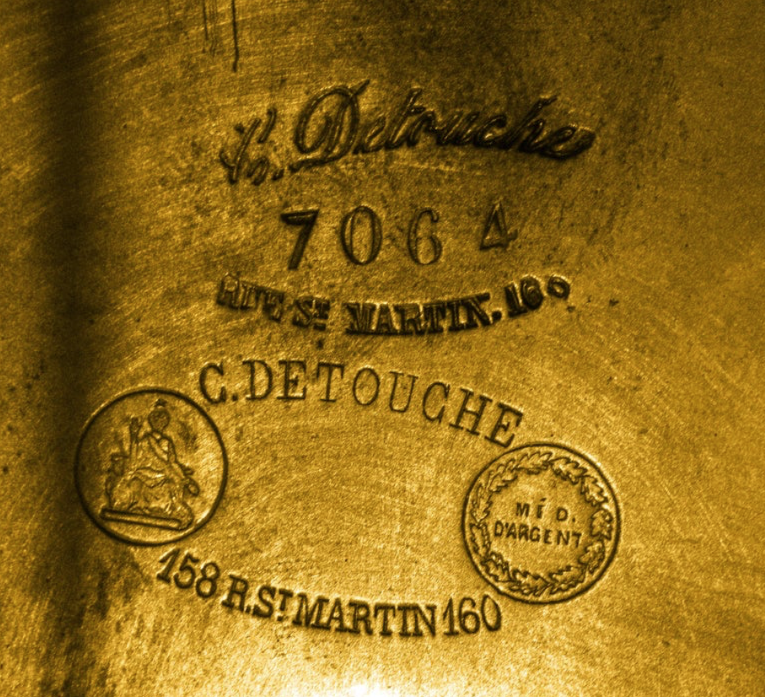
Talasazan says: “We strive to have one of a kind, unique museum pieces” – and it’s hard to argue with that in the case of their extraordinary Detouche French Ormolu clock, described by him as an “extremely important” piece.
Currently listed at a cool $2.5 million, the clock stands over six feet tall and comes with enviable provenance: it was exhibited at the Great London Exhibition of 1851; it won a gold medal for Detouche at the Exposition de Nimes in 1862, and is heralded as one of his most celebrated works. And let’s not forget that Detouche was the official clockmaker to Emperor Napoleon III. Talasazan himself acquired it from the private collection of Chicago’s Florsheim family in the early 2000s.
Philippe Zoï, Tobogan Antiques
Philippe Zoï is owner of Paris-based Tobogan Antiques, which has been a pre-eminent French dealer since 1945. He says: “There are two type of clients when it comes to buying an historic clock – the ones more interested in the decorative side of the clock – the quality of the chiselling, the ornamentation, the harmony of colours, the materials used; and the ones more interested in the clock mechanism – how it works and how complex it is.”
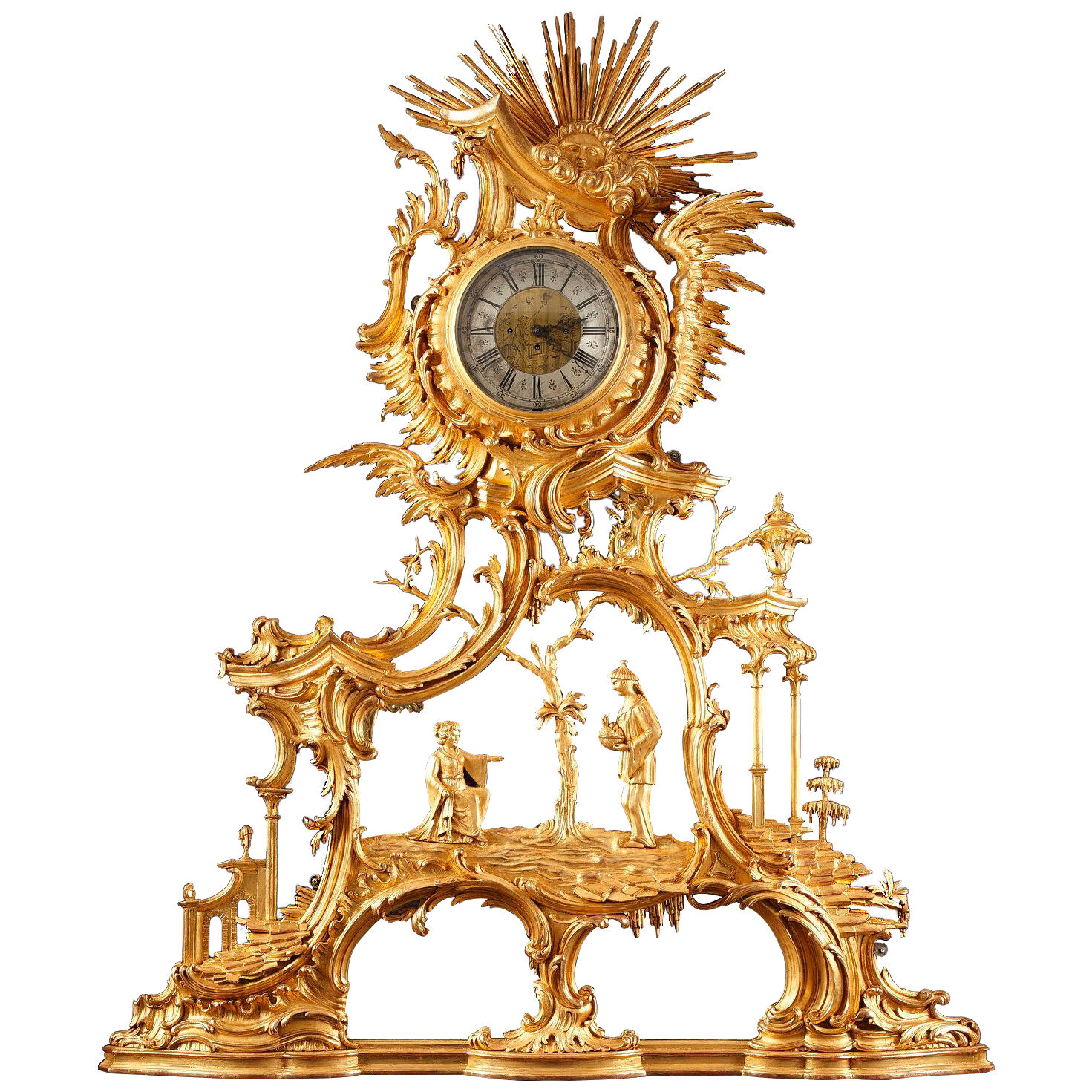
Zoï highlights an extraordinary giltwood clock, created in England around 1860 based on a design by London woodcarver Thomas Johnson published in 1758. Valued at €230,000, Zoï describes it as having “an ingenious mechanism, with two different melodies striking the quarter-hour, half-hour and hour.”
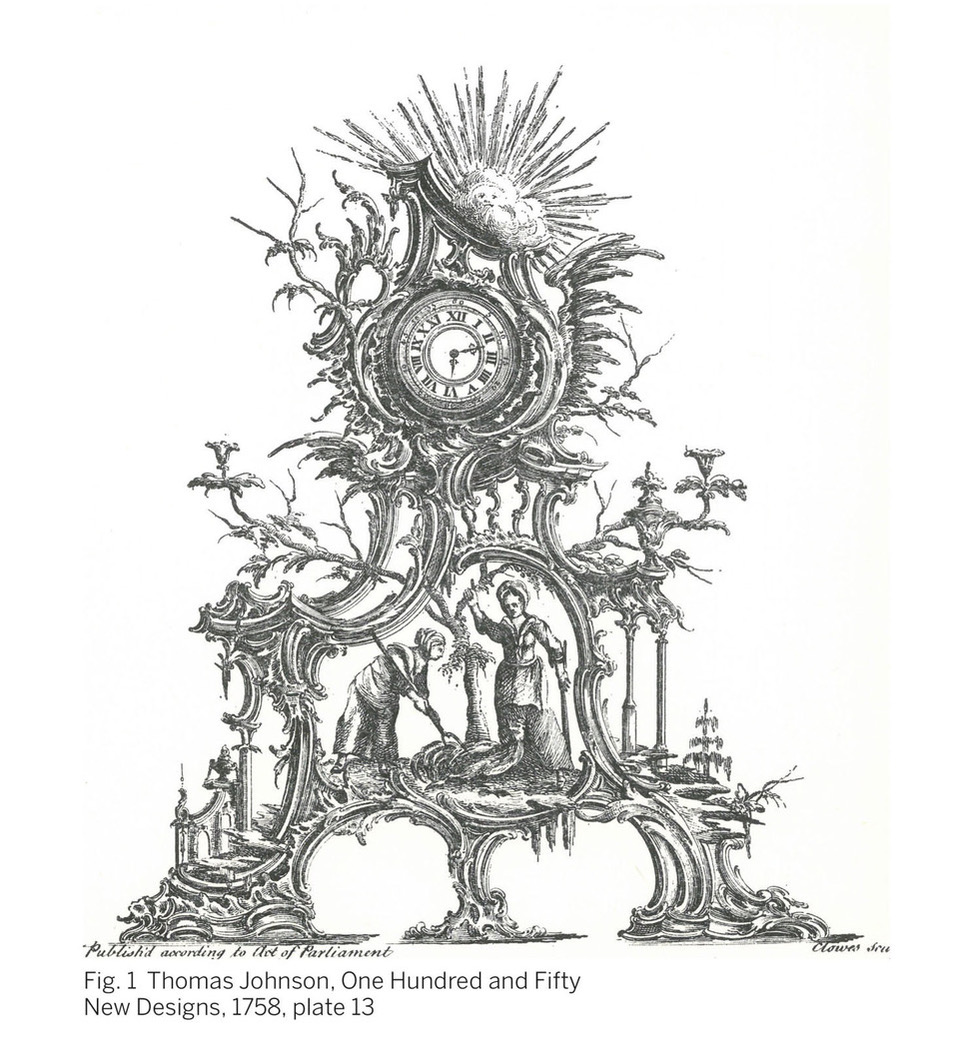
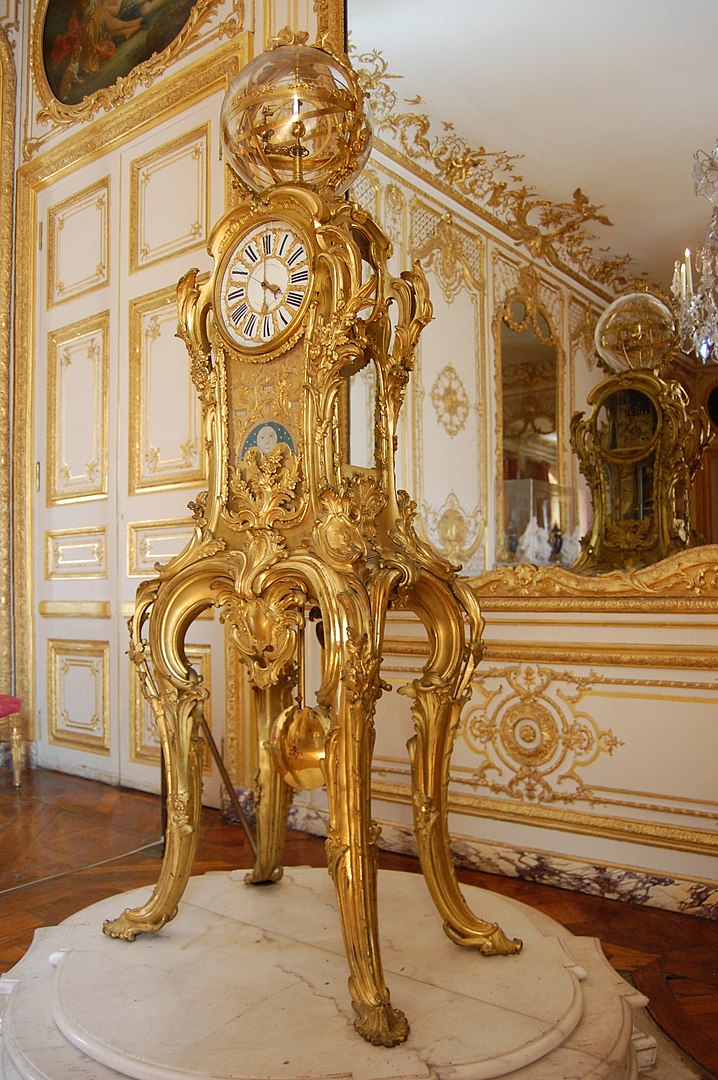
He also notes Tobogan’s Tritons Rotative Clock as one of the finest models by Maison Millet – one of which was presented at the Paris Universal Exhibition of 1889.
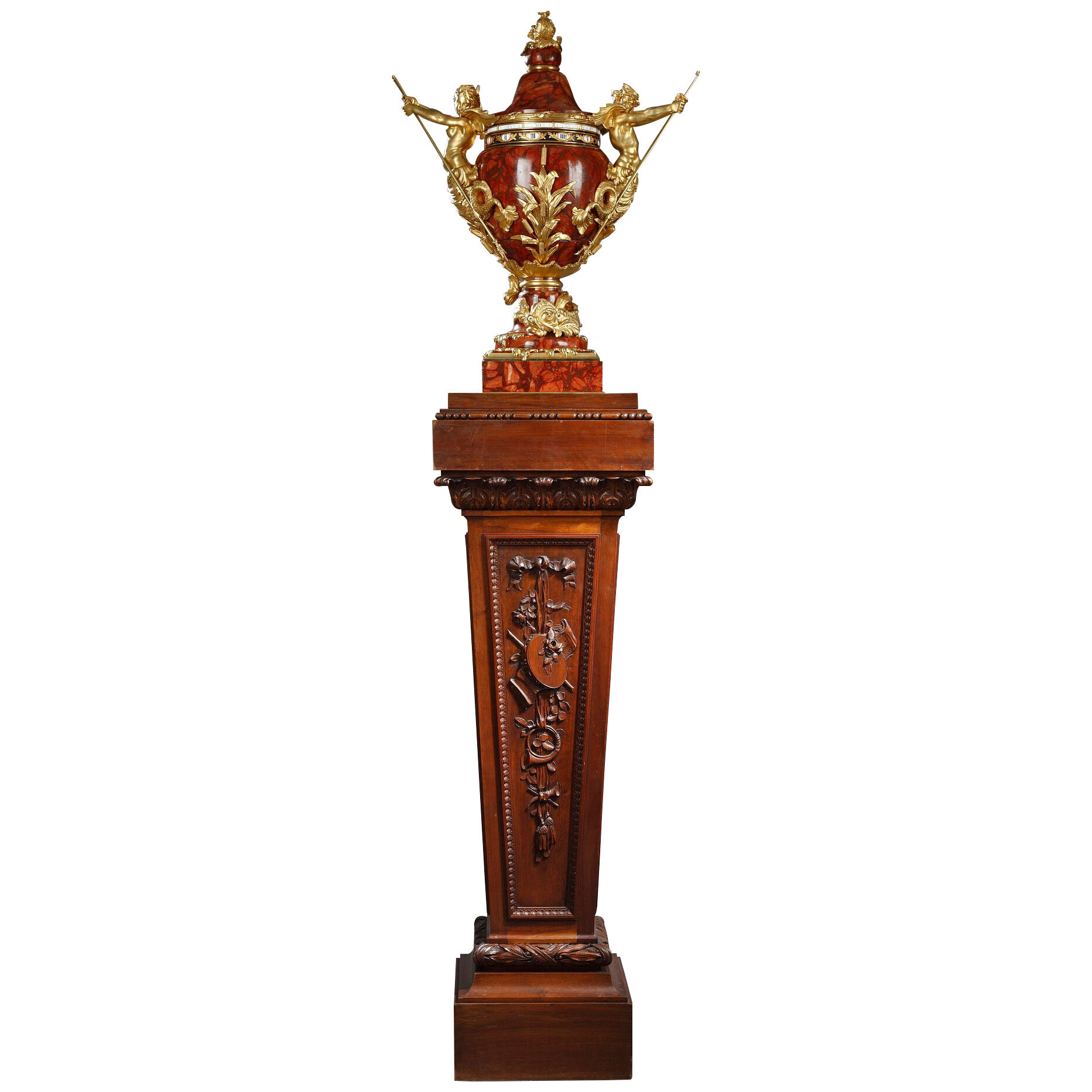

While all dealers we spoke to noted the 17th to 19th centuries as the golden age of clockmaking, Zoi says: “The more interesting period in French clockmaking would be the 18th century, with the Astronomic clock by Passemant – also known as “Louis XV’s clock” – in the Chateau de Versailles; and with the reign of Louis XVI, who was passionate about clockmaking and complex mechanism himself.”
Frank Partridge, Frank Partridge
London-based dealer Frank Partridge belongs to the fourth generation of one of England’s major art-dealing families. He tells us: “The most important thing to consider with any clock is first quality, second condition and third provenance.”
He goes on to say: “There is a big difference between French clocks – which is what I mainly deal in – and English clocks, in that the value of the French clocks is mainly in the cases, whereas the value in the English clocks is mainly in the maker.”
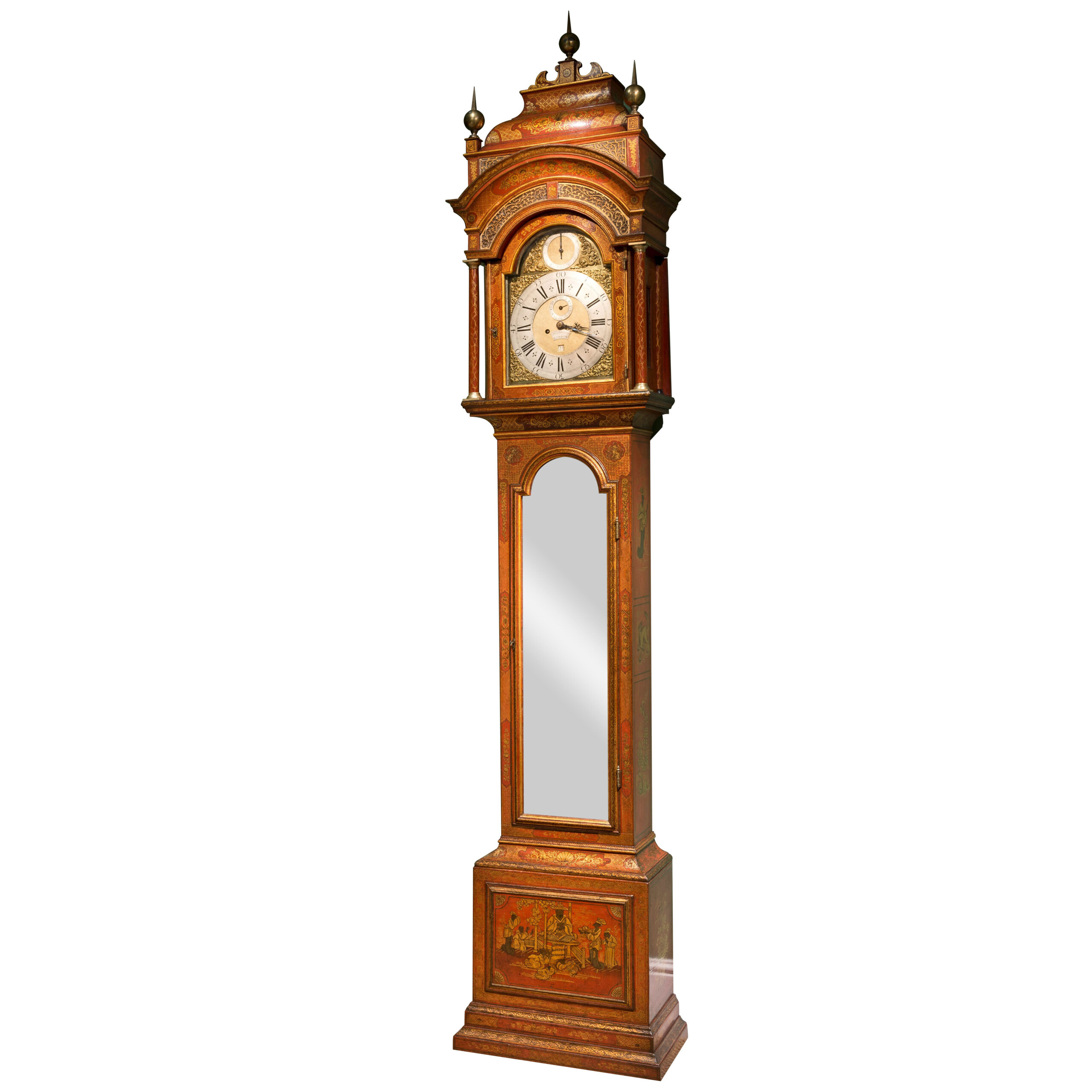
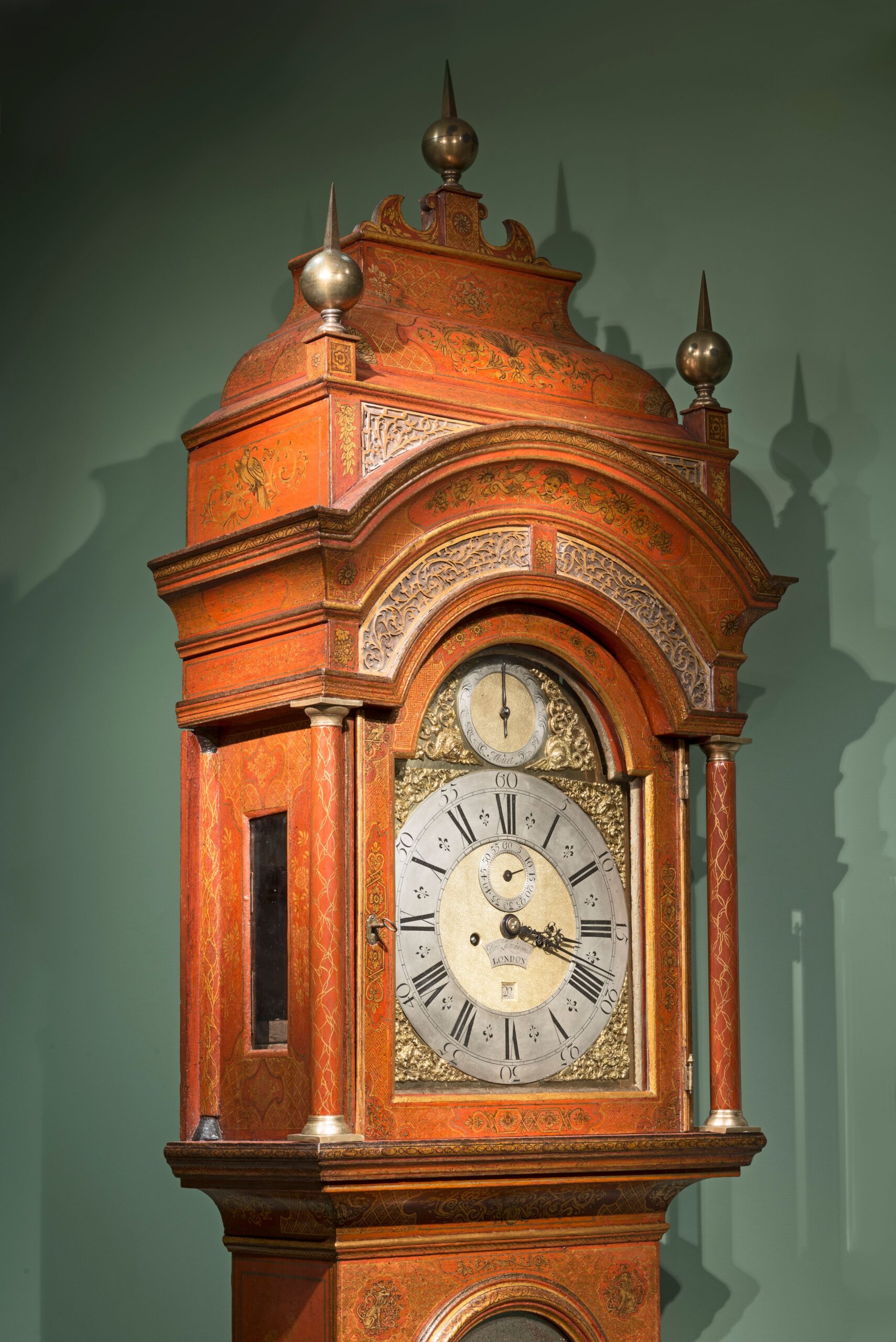
However, Partridge adds: “There are of course exceptions, and my Grendy clock falls into that category in that the case is exceptional and is the only known clock case that can be confidently attributed to Grendy.”
The circa 1725 longcase clock is also notable in that despite being just shy of 300 years old, it has never been on the market before – it was made for the family that lived at Sonanes Palace, and has been there every since.
Another significant clock Partridge highlights is a Louis XVI Antoine Cronier ormolu and while marble clock, from around 1775. “This has an incredible movement,” says Partridge, “and is able to play 12 different tunes on the hour.” Partridge shows us an 18th-century drawing of the model of clock alongside a photograph of a similar version at Versailles.

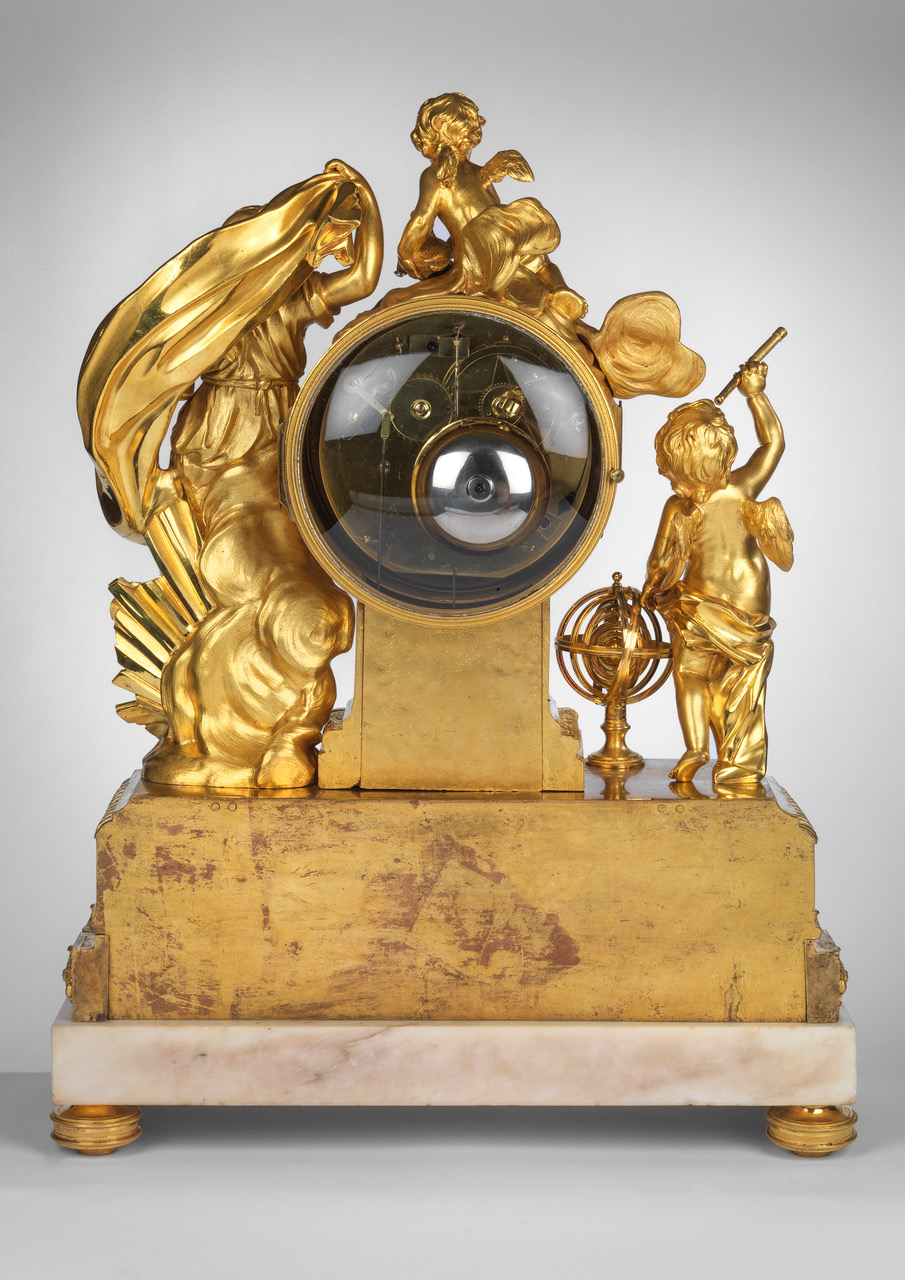
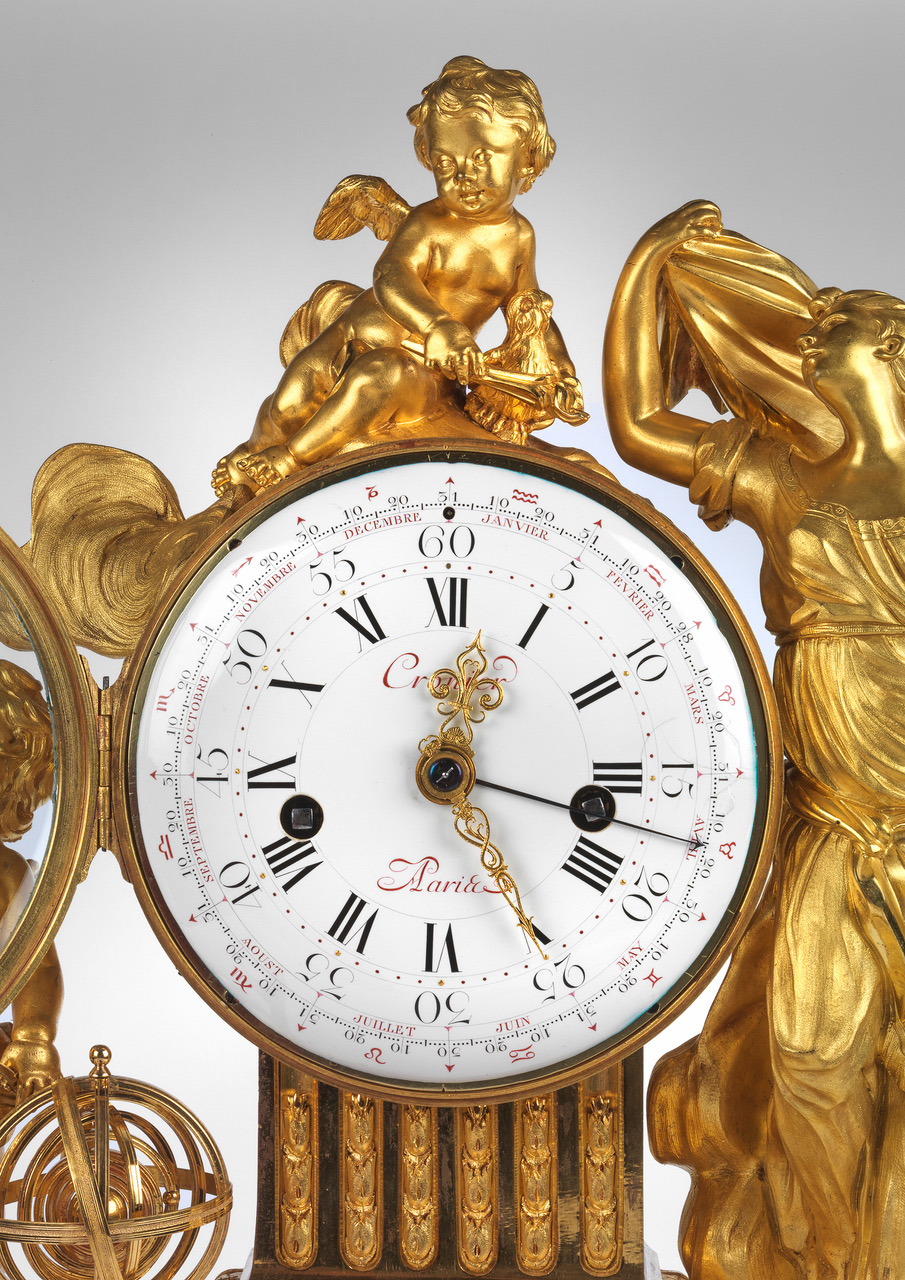
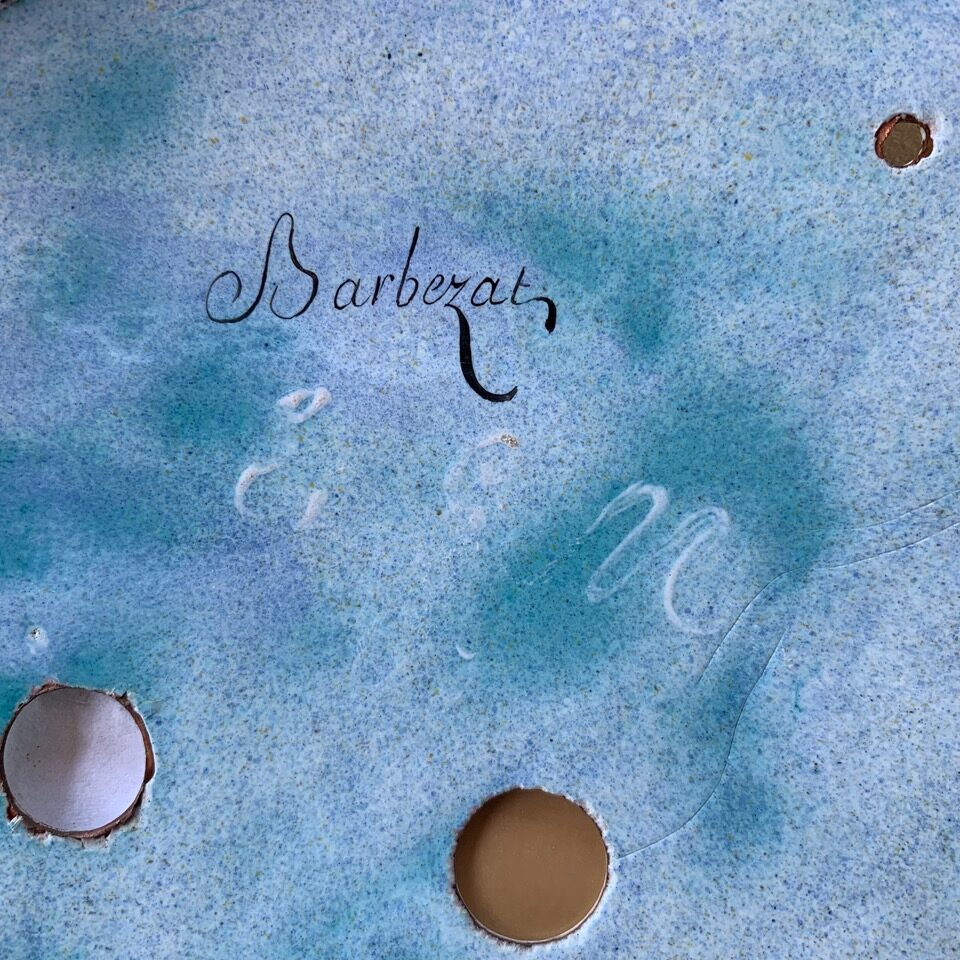
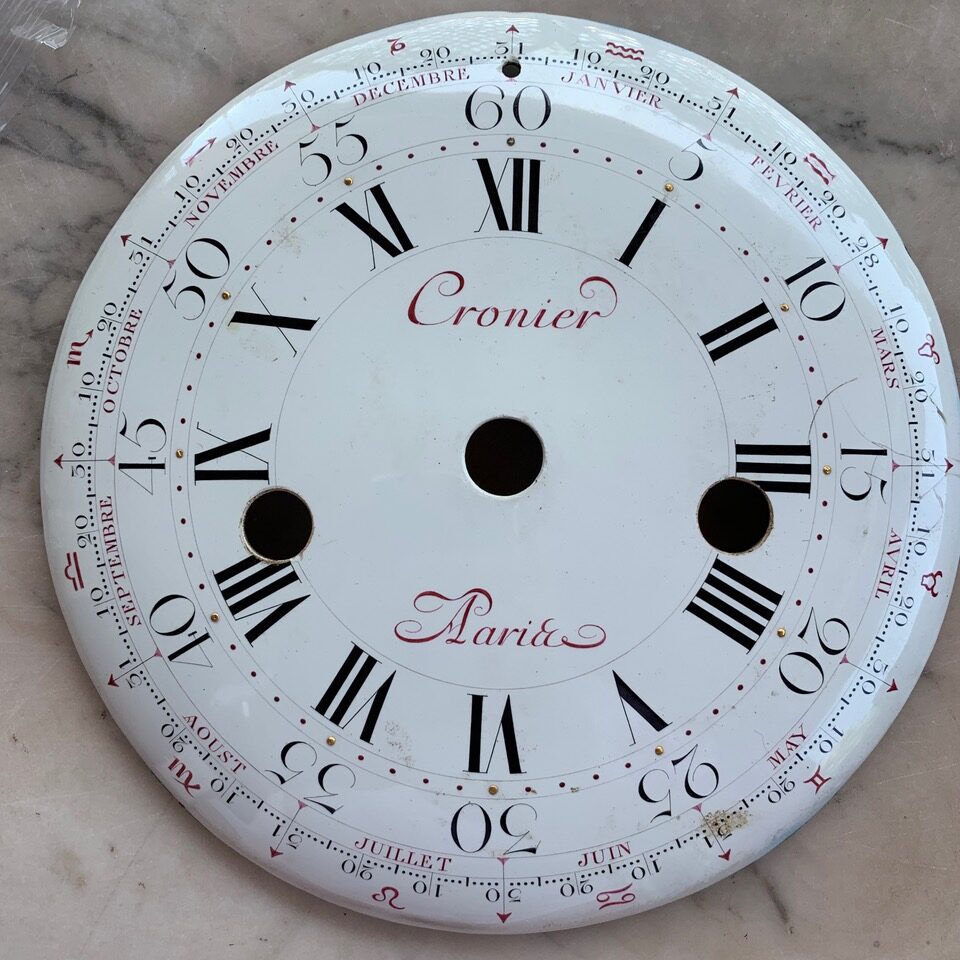

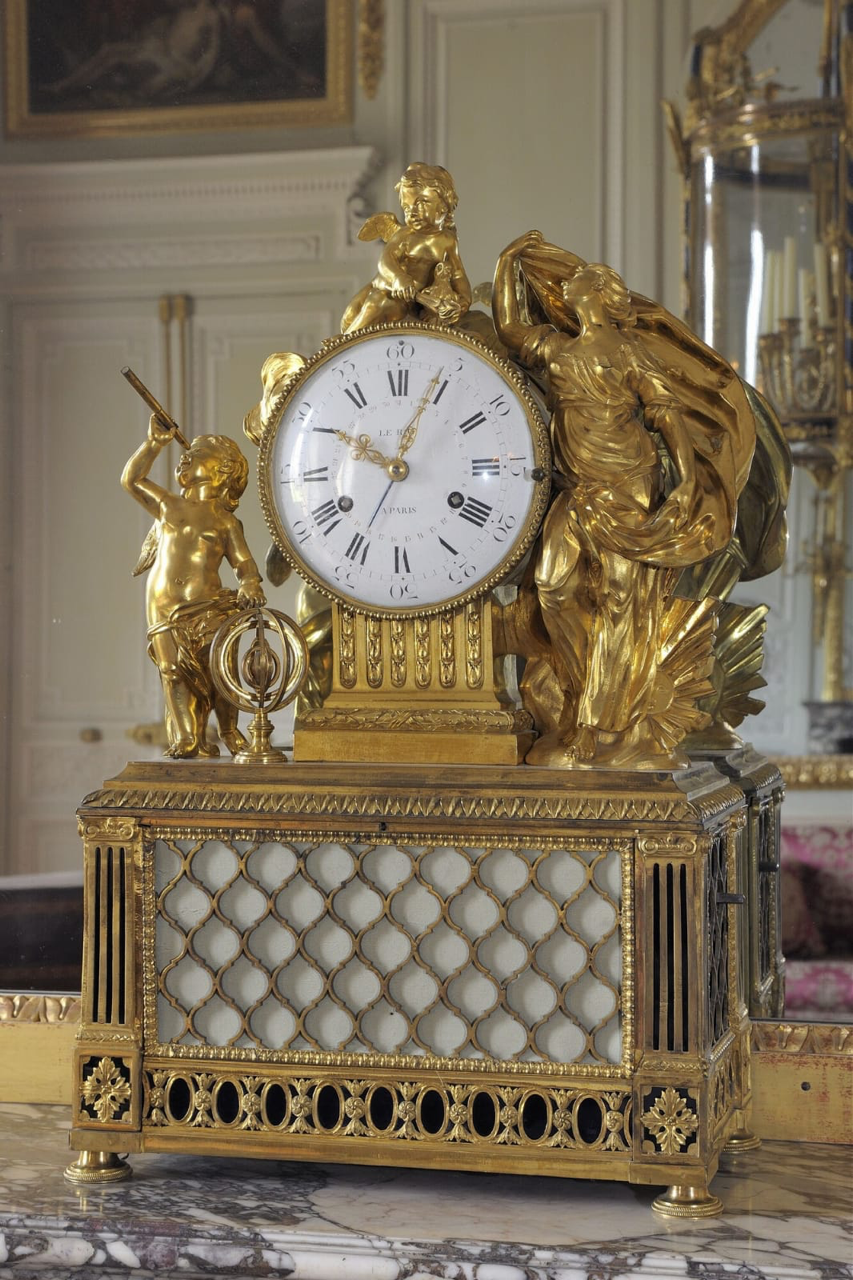
He says: “The dial is a work of art in itself and the back of the dial is signed by the maker Barbezat, who was one of the best enamelers. The works are by Cronier, who was an exceptional maker.”
Most of the clocks featured and all of the dealers in this article can be found on Effetto marketplace. Click here to view now.



